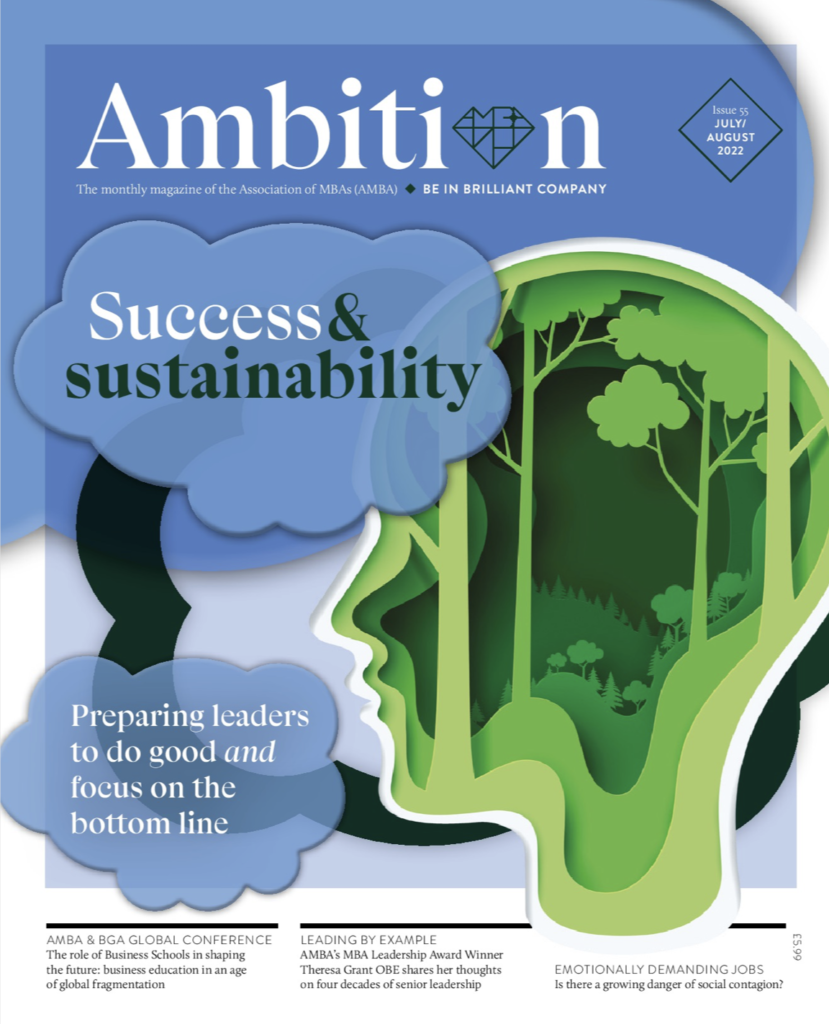Conversations around loneliness have become common since the pandemic, but when it comes to admitting you’re the one that’s lonely, especially at work, we are unsurprisingly reluctant.
There is a perceived stigma around loneliness – after all, humans are social creatures and we rely on each other and form all sorts of groups, from family and work cliques to big social movements and intimate partnerships. We need each other, so admitting you’re lonely and not able to create fulfilling bonds makes you less of a person, right?
Of course it’s not right, but it is how we are often conditioned, particularly at work. We are taught to conform from very early on in our lives, through our education and our first experiences in the workplace. To feel safe, or part of something, we try to fit and deliver on our organisation’s expectations. In the very short term, things might flow better and your work life might feel easier, but in the longer term this often leads to disconnection, dissatisfaction and an eroded sense of self – a perfect breeding ground for loneliness.
A lack of connectedness
In their recent research on workplace loneliness, Ryan Jenkins and Steven Van Cohen found that 79 per cent of global workers believed their colleagues experienced loneliness at least weekly. By comparison, Silicon Reef found that 32 per cent of workers described themselves as “lonely”. As you might expect, the research on workplace loneliness shows variation in exact findings, but it shares an upward trend in people feeling lonely at work, and higher than average loneliness in those under the age of 34.
Loneliness still feels taboo – we know it’s a problem, but we don’t want to talk about it, at least not in a way that implies we might feel lonely ourselves. This lack of dialogue is individually harmful and places pressure on leaders and managers to spot it within their teams. So, what can we do about it?
Loneliness is not about being alone, it is more a lack of connectedness to those around you. At work, this connectedness might come from shared purpose, actually doing work together or the banter, conversation and socialisation that naturally occurs with colleagues. In other words, you feel seen, heard and valued and that you are part of something.
Combating loneliness at work requires us to get and stay connected with each other, with the things we are doing and how we contribute to the overall mission, vision, function of whatever ‘business’ we are in. If you feel isolated, overwhelmed or lonely yourself, this can feel like a big ask, so here are a few ways you can start to create or enhance belonging for those around you – whatever your specific role or level of seniority.
Start with yourself
How connected do you feel? Belonging is a key human need, once basic needs, such as food, water and shelter are met, we move to safety (both physical and psychological) and then to belonging.
For many, psychological safety is at the root of workplace loneliness. When you don’t feel safe to speak up, or that your views and ideas are valued (in social interactions as well as the work you do) one of two things happen, or sometimes both; you edit yourself to fit in or you withdraw and interact only when functionally necessary. Both are isolating and reduce connection.
The better you know yourself and the more honest you are about your connectedness, the easier it becomes to manage your own feelings of loneliness and to help others. In our busy world, we don’t always take time to understand what helps us feel connected and what gets in the way. When you know the activities, people and places you feel most connected and those where you feel disconnected, you can start to identify the elements that make up the concept of connection for you.
It sounds simple, but when you can include more of this fulfilling activity and interaction, you feel less lonely. It is an iterative process, so start with something that feels easiest, the more connected you feel the safer it becomes to make the first move with others.
Help reverse the stigma
The fact is that the pain and health implications of chronic loneliness are physiological and part of our hereditary makeup. Feeling isolated or disconnected reduces our sense of safety, so when we experience it our stress response is triggered, cortisol levels rise and we often feel low-level anxiety. These neurochemical changes in your brain result in lower empathy, sense of purpose and connection, all of which are bad both for you and the workplace. Feeling lonely is a biological clue that you need to seek more connection.
Until we are courageous enough to have more conversations about loneliness and mental wellbeing in general, stigma will prevail and people will suffer. Don’t wait for someone else to start the conversation, let’s normalise something most of us have felt at some point in our lives. I’m not talking about sharing your deepest feelings, a good start is to simply open a conversation about the impact of loneliness and ask people what they think.
Get personal
The better you know people, the easier it is to find points of connection, things you may have in common and places to build from. Most of the research around workplace loneliness focuses on what managers or leaders need to do. The reality is that peers have the biggest impact on whether you feel disconnected at work. We are all peers but if you happen to be a manager or leader as well, make a point of ‘checking in’ with your peers – a genuine conversation, even for a minute, increases Oxytocin and helps you both feel more connected.
Leading teams
If you lead teams or run meetings on or offline, remember that prosocial interaction increases belonging. A few minutes of catching up, sharing bits of our lives outside work helps hugely. When people feel seen, heard and valued as human beings, they are more connected, invested even.
Connectedness is the antidote to loneliness and helps people to belong. Small teams and work groups help people feel they have a ‘home base’ even when working remotely. Create interdependence across teams and encourage people to work together where appropriate.
Keep an eye on workload
Exhausted people get disconnected and overwhelmed alarmingly quickly when they are overly busy, in part because social interaction, flexibility and team working drops off. Set realistic expectations and only treat things as urgent if they really are. Look out for warning signs and intervene early if you can.
Make it safe
Creating psychological safety is a team support, if you are the leader of that team you may have a greater responsibility, but we all impact. Safety occurs when people feel they can speak their mind, ask questions and admit mistakes without fear of unjust repercussion – workwise or socially. This requires vulnerability, compassion and keeping your judgement in check.
All of us need to take steps where and when we can to create the renewed sense of connection that humans crave. What will you do?



































